Keystone Species: The Remarkable Benefits
Keystone Species: The Remarkable Benefits
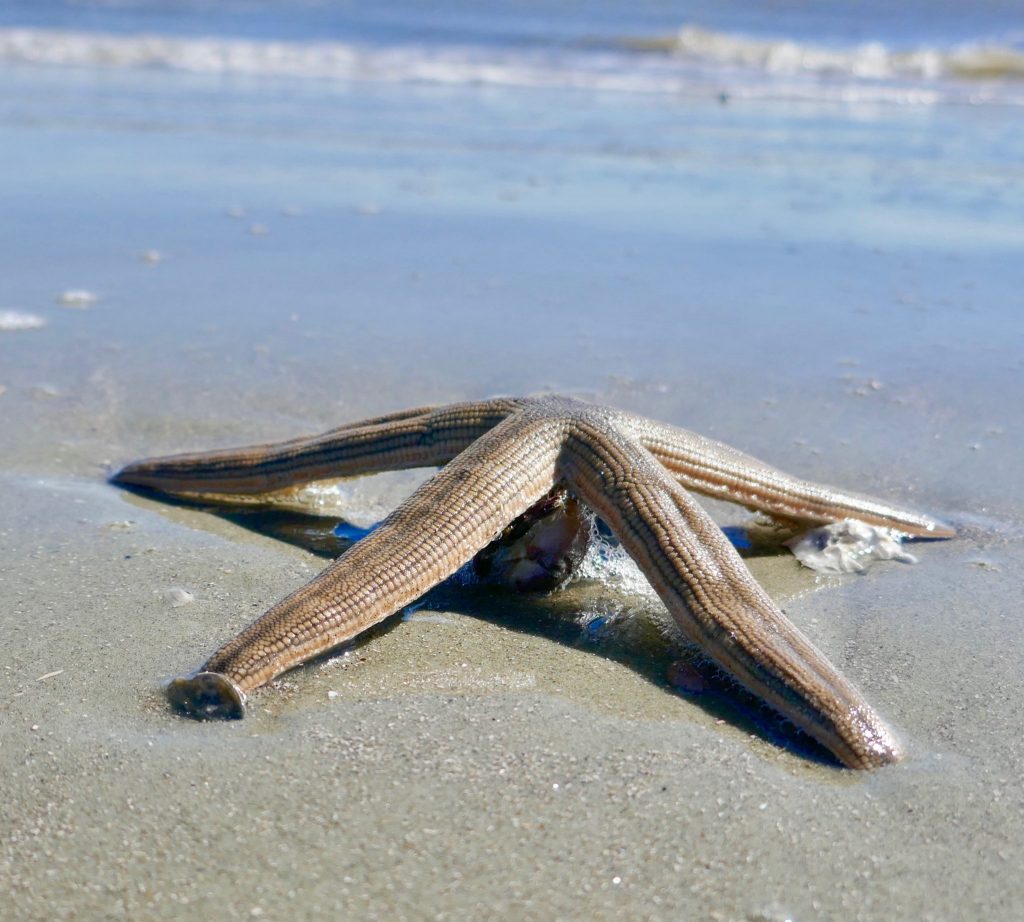
Why is a starfish a keystone species?
I keep reading about keystone species. But what is one exactly? Is it a new type of animal or plant? Not exactly, but let’s start with a comparison.
Think about what a starfish and an elephant might have in common. They eat different things. Starfish eat meat (hmm, that’s interesting) and elephants eat plants. There are only 3 species of elephant, but over 2,000 species of starfish.
They are completely different sizes, with elephants weighing thousands of pounds and starfish weighing only ounces. So how are they alike?
The keystone of an arch
![]()

The top stone in an arch is called a keystone. If you remove it, the arch falls down.
Well, they are both keystone species. Think of an arch of stones with a stone at the top, the keystone. Without this one important stone, the arch collapses.
A keystone species (a plant or animal) acts as the top stone, playing a critical and unique role in maintaining the structure of their ecosystem. This concept was conceived by Robert Paine, an ecologist, in 1969.
He studied tidal waters inhabited by starfish and mussels off the Pacific coast. He learned the starfish eat the mussels, keeping the mussel populations under control.
If the starfish are removed from the ecosystem, the mussels take over, crowding out all the other species. In turn, the ecosystem collapses. The starfish, it turns out, are critical to the health of their habitat.
What happens when a keystone species disappears?
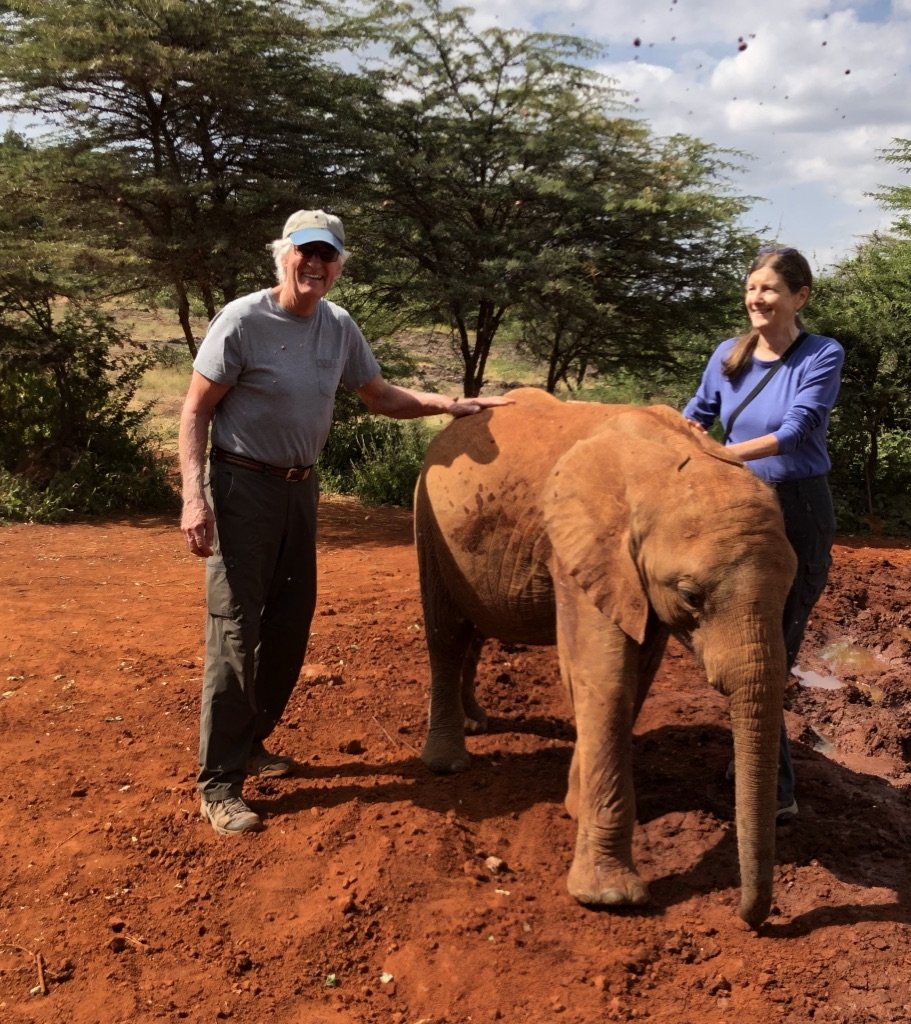
We had the privilege of interacting with baby elephant orphans at the Sheldrick Orphanage in Kenya
Elephants in Africa eat and destroy small trees, making room for grasses to flourish. Without the elephants, Africa would become a woodland forest and no longer provide grasses for the zebra, wildebeests and other grazing animals to eat.
Plus elephants eat lots of plants & help distribute the seeds in their poop. Read more about one of our favorite animals in our blog, Elephants.
When a keystone species disappears from an ecosystem, no other species can fill its role. The ecosystem changes, often radically and catastrophically. Now that does not sound good.
So both the starfish and elephant are keystone species examples. What other animals can you think of that might fit the keystone species definition? How about wolves, mountain lions, beavers, the oak tree and a host of others. Wait, a tree can be one?
Are trees keystone species?
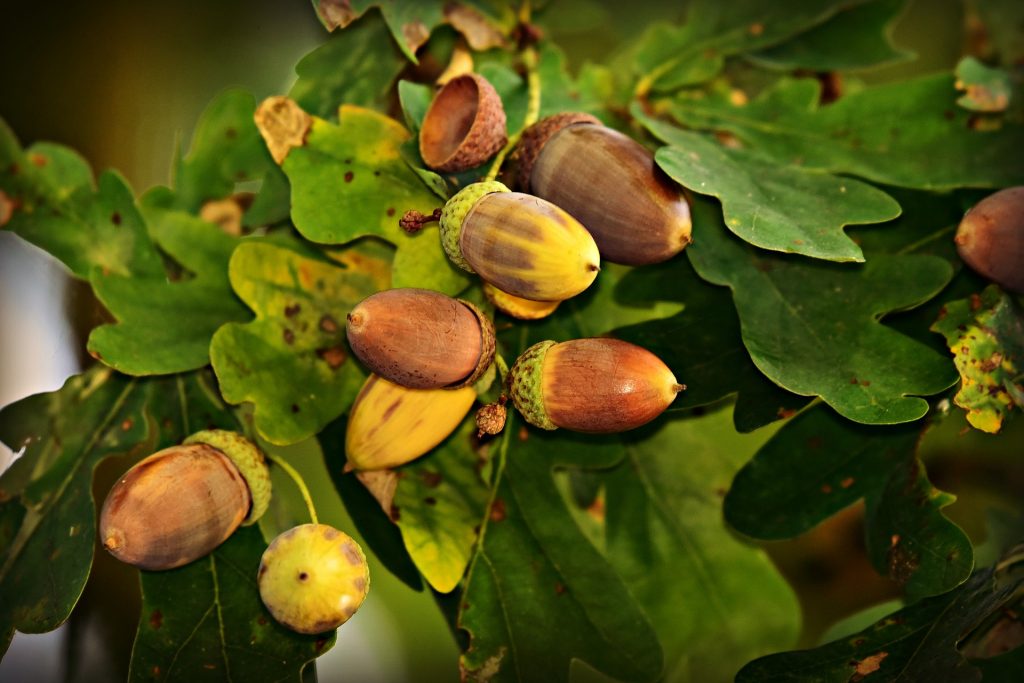
Acorns from oak trees provide food to over 100 animals.
Sure, any plant can be one. Think about what happens if a giant oak is lost. There is no longer shade for all the plants underneath it. Over 100 animals rely on its acorns & hundreds of caterpillars call it home. Oak trees are the glue that holds its ecosystem together.
We consider the mighty oak to be one of the best trees on the planet you can plant. Learn why in our Two Best Trees for Wildlife. We have lots of oaks in our landscape & hope you will consider growing one or more if you have room.
Beavers: ecosystem engineers
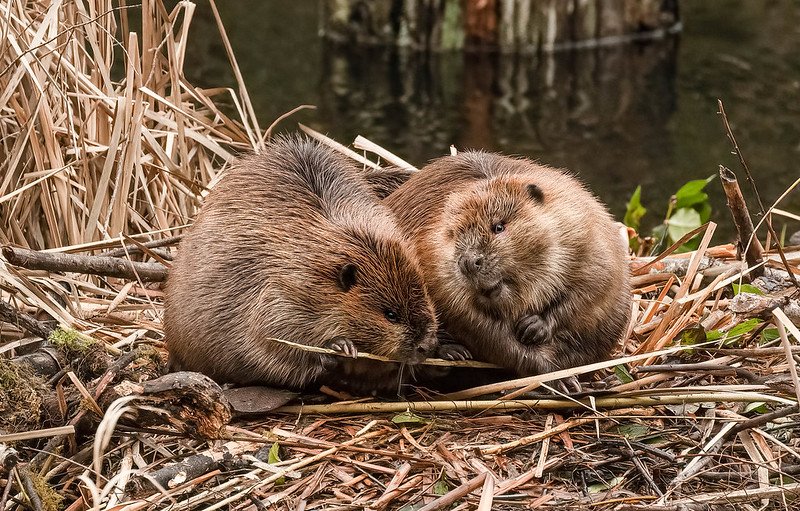
Beavers change their habitat by damming up streams to create ponds. But why? Photo: Deborah Freeman/Flickr
We love beavers, but wow are they misunderstood! Learn why in our Beaver Facts. Why They are the Best Engineers in the World.” A lot of folks think of them as a nuisance since they create ponds by damming up rivers. If you are curious about how and why they dam up rivers, read our blog Why Do Beavers Build the Most Amazing Dams?
By diverting water, they help create wetlands that hundreds of plants & animals call home. Almost half of all endangered species live in wetlands in North America. So you can see the importance beavers have on their environment. They are the consummate keystone animal.
What about wolves?

Red wolves are great examples of a keystone species. Photo: Victoria Ziglar/Endangered Wolf Center.
Wolves, both gray wolves & the American red wolf, are one of the most misunderstood and often feared animals on the planet. Never heard of the American red wolf? Most folks haven’t, but read our “American Red Wolf” blog to learn why they are the most critically endangered wolf in the world. As a keystone species, they are critical to maintaining balance in their environment. Plus most of the myths about wolves are just not true. To learn more about debunking the myths, read our Gray Wolves blog.
Without wolves, deer & other hoofed animal populations explode. They overgraze the area resulting in a collapse of plant life which affects everything else.
Wolves also keep small mammal populations under control which reduces the pressure on many types of birds including songbirds & quail. But how? Well, raccoons & opossums eat bird eggs. And also sea turtle eggs. With fewer mammals preying on nests, more eggs will hatch resulting in more birds and turtles. That seems very logical!
Wolves also have an added benefit in keeping coyotes away. Wolves & coyotes will not live in the same area & since the wolf is the top canid, the coyotes steer clear.
Are bees a keystone species?

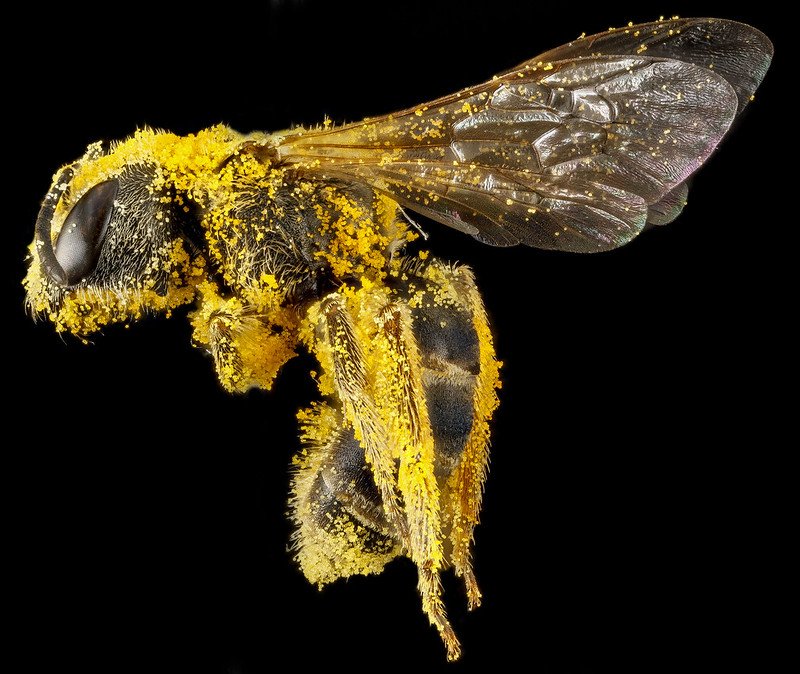
This bee is loaded with pollen and is one of many pollinator keystone species. Photo: USGS Bee Inventory/Flicker
When we think of other keystone species examples, bees don’t really come to my mind. But when you think about how many plant species rely on them for pollination & ultimately survival, it makes sense.
Without bees, especially native ones, many of our plants would disappear. So what happens to all the animals that depend on those plants for shelter & food. They too decline.
We often hear everything in nature is connected. This is especially true with keystone species. When they disappear, the whole ecosystem can collapse. And that is definitely not good!
Resources
12 Examples of Keystone Species in an Ecosystem
23 Examples of Keystone Species, a blog by Softback Travel (a fun website by 2 wildlife conservationists with a love for travel and environmental responsibility)
